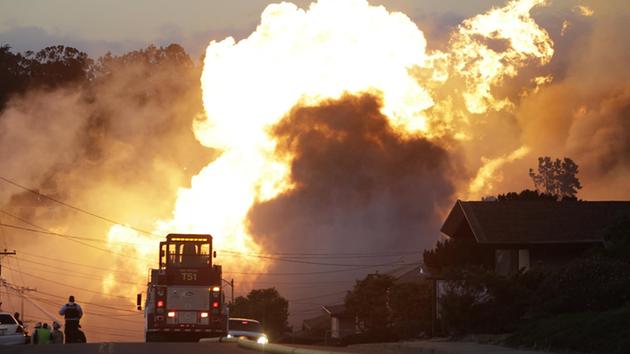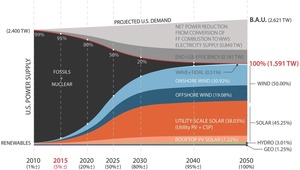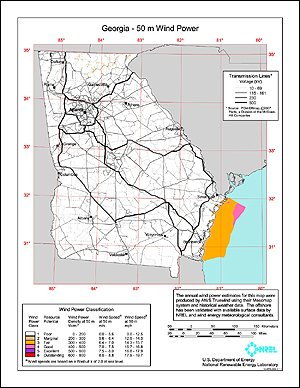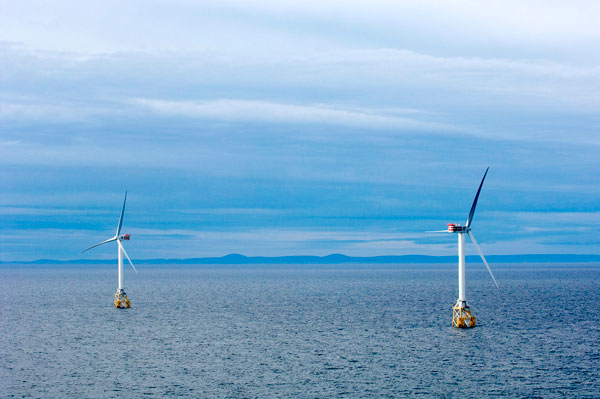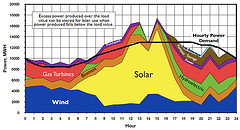†What do you want? The planet Venus? The current degraded Earth? Or a better world we know how to create?

†Joel Pett, Lexington Herald Leader, 18 March 2012,
The cartoon seen ’round the world
Mostly I post about solar and wind power winning, which is what I think is happening. But sometimes it’s worth a reminder of what could happen if we do nothing about climate change, and I posted on my facebook page a story about that. Which actually didn’t go far enough to the real worst case. Nonetheless, that story has been attacked by numerous parties of all political and scientific and unscientific stripes for being too doom and gloom. Yet none of the attackers bothered to mention a best case beyond “the same world we have now”. I have news for you: the world we have now is an ecological catastrophe, and we can do a lot better. So here’s the real worst case, the current case, which is far from the best of all possible worlds, and the real best case, as I see it. Plus what we can do to head for the best case.
First, the story I posted: David Wallace-Wells, New York Magazine, 9 July 2017, The Uninhabitable Earth: Famine, economic collapse, a sun that cooks us: What climate change could wreak — sooner than you think. Notice that word “could”, which a lot of his critics seem to have ignored. He didn’t say “will”, and he clearly labeled what he was presenting as worst case scenarios.
In case anybody thinks he was making any of that stuff up, Wallace-Wells has also linked to an annotated version with footnotes for every substantial assertion. The annotated version notes at the top: Continue reading


